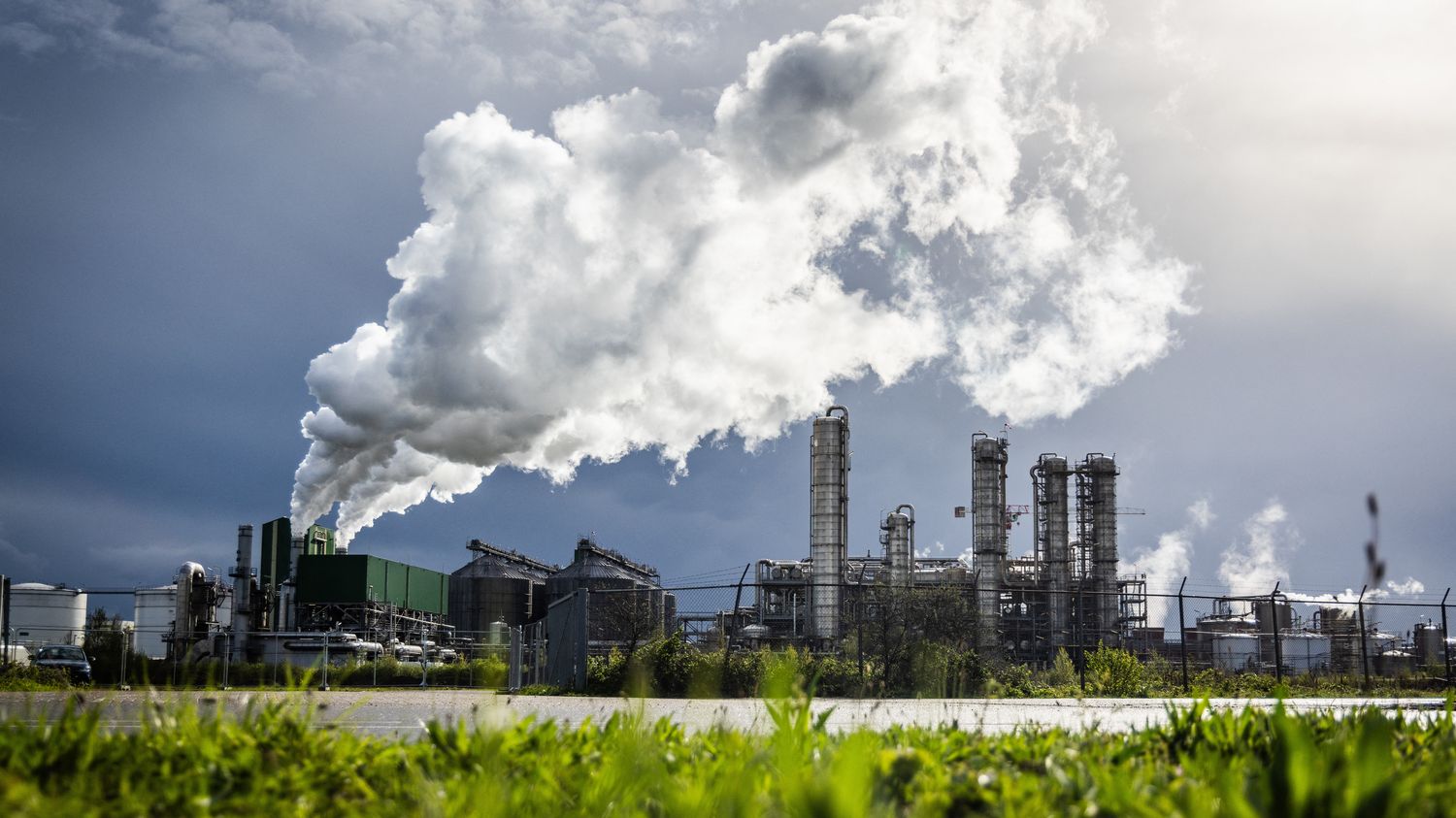A research center based in Hawaii is taking stock of the concentration of CO2 in the atmosphere. The observation is clear: efforts to reduce carbon dioxide emissions are insufficient.

Published
Update
Reading time: 2 min

The rate of increase of CO2 in the atmosphere has just reached a new record, noted on Wednesday May 8, a research center perched on the Mauna Loa volcano in Hawaii. Since the end of the 1950s, this station has been an international reference point for measuring the concentration of CO2 in the atmosphere.
Analysis of the measurements from March, the latest to date, indicates that not only did the concentration of CO2 in the atmosphere continue to increase between January and April, but they also increased more quickly than usual. . The measure made a record jump compared to all those made in previous years over this same period. This concentration of carbon dioxide in the atmosphere now reaches 426 parts per million. This is the highest in millions of years.
Efforts to reduce emissions from power plants and industrial transport are therefore insufficient. In 2023, global carbon emissions from fossil fuels have continued to increase. This record concentration also reminds us that once CO2 finds itself in the atmosphere, it remains there for hundreds of years, unless it is captured by carbon sinks, plants or oceans. Nature provides us with the service of capturing half of the carbon emissions due to human activities each year,
but that’s only half. The other half accumulates, and acts like a heating blanket.
In addition, and this is an additional explanation, at the moment, the El Nino climatic phenomenon, by causing droughts in tropical areas, is reducing the effectiveness of vegetation in absorbing carbon.
The Guardian recently surveyed 380 scientists, among the world’s leading climate specialists. Some 80% of them think that it is no longer possible to respect the Paris agreement (staying below 1.5°C warming by the end of the century), which will be synonymous in the coming years of heat waves, fires, floods of an intensity much greater than those we already know. In this article, these scientists point out that solutions do exist to reduce carbon emissions, but they denounce political inertia and the fossil fuel lobby.
